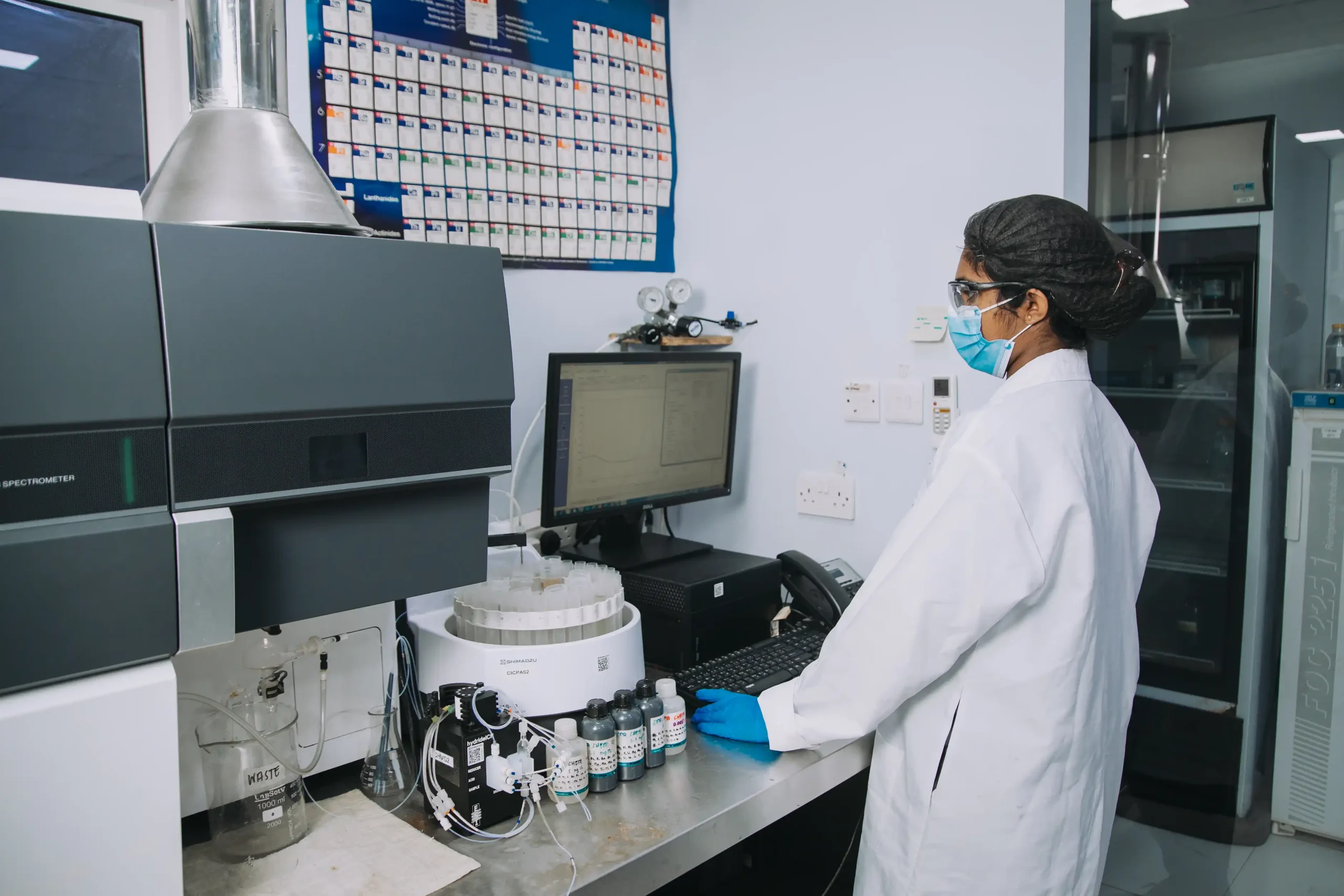
inorganic chemistry
Inorganic chemistry deals with the synthesis and behaviour of inorganic and organometallic compounds. This field covers all chemical compounds except the myriad organic compounds (carbon-based compounds, usually containing C-H bonds), which are the subjects of organic chemistry. The distinction between the two disciplines is far from absolute, as there is much overlap in the subdiscipline of organometallic chemistry. It has applications in every aspect of the chemical industry, including catalysis, materials science, pigments, surfactants, coatings, medications, fuels, and agriculture.
Classical qualitative inorganic analysis is a method of analytical chemistry which seeks to find elemental composition of inorganic compounds. It is mainly focused on detecting ions in an aqueous solution, so that materials in other forms may need to be brought into this state before using standard methods. The solution is then treated with various reagents to test for reactions characteristic of certain ions, which may cause colour change, solid forming and other visible changes.
Inorganic analysis involves a variety of analytical methods which can qualitatively or quantitatively determine the inorganic and elemental composition of solids, liquids or aqueous solutions, chemical mixtures, materials or products. Inorganic components include cations, anions, metals and inorganic salts.
By applying our highly sensitive and highly selective modern instrumentation, we provide trace level analytical measurement of inorganic elements or trace metals which can range from parts per million (ppm) and parts per billion (ppb).
Metals analysis is routinely performed by our experienced and well qualified analysts. This includes the analysis of metals in non-potable water, wastewater, sludges and solid matrices from municipal, commercial, and petrochemical/industrial sources. The analysis is being carried out using different instruments such as Microwave digestion and conventional techniques for the sample preparation of any liquid or solid samples, Inductively Coupled Plasma Optical Emission Spectroscopy (ICP-OES) and Hydride Vapor Generator (HVG) for Mercury analysis.
Anions analysis in any liquid or solid samples are analyzed using Ion Chromatography (IC). IC is a technique that separates and measures ions and polar molecules in a sample based on their electrical charge and affinity to an ion exchanger. IC can be performed in different modes, such as suppressed or non-suppressed conductivity detection, electrochemical detection, mass spectrometry, or optical detection, depending on the type and sensitivity of the analysis. IC can be used for various applications, such as environmental monitoring, food and beverage testing, pharmaceutical and biotechnology analysis, clinical and forensic chemistry, and industrial quality control. IC can operate in high pressure or low-pressure systems, with different column sizes and formats, such as 4 micron columns or capillary columns, to achieve faster and more efficient separations. IC is a versatile and powerful tool that can analyze a wide range of ions and polar compounds, from simple inorganic anions and cations to complex organic acids and bases.
CORE Laboratory understands the importance for timely analysis and reporting to our clients. Specific reporting needs can be met through the discussion of the user objectives prior to project commencement.
Elemental Analysis - Elemental analysis, identification and quantification of elemental composition to trace and ultra trace levels for a diverse range of samples
Trace Metals Analysis – Trace metals analysis allows detection and identification of low-level metals in samples such as, pharmaceuticals, chemicals, cosmetics, medical devices and consumer products. It is important to understand which trace metals are present and the levels at which they are present in the sample. This is critical as trace metals can impact a products toxicity and affect how the substance interacts with other chemicals.
Migration testing on Food Contact Materials – The Overall Migration Limit (OML) applies to the sum of all substances that can migrate from the food contact material to the food (or food simulant). The overall migration limit is a measure for the inertness of the material.

